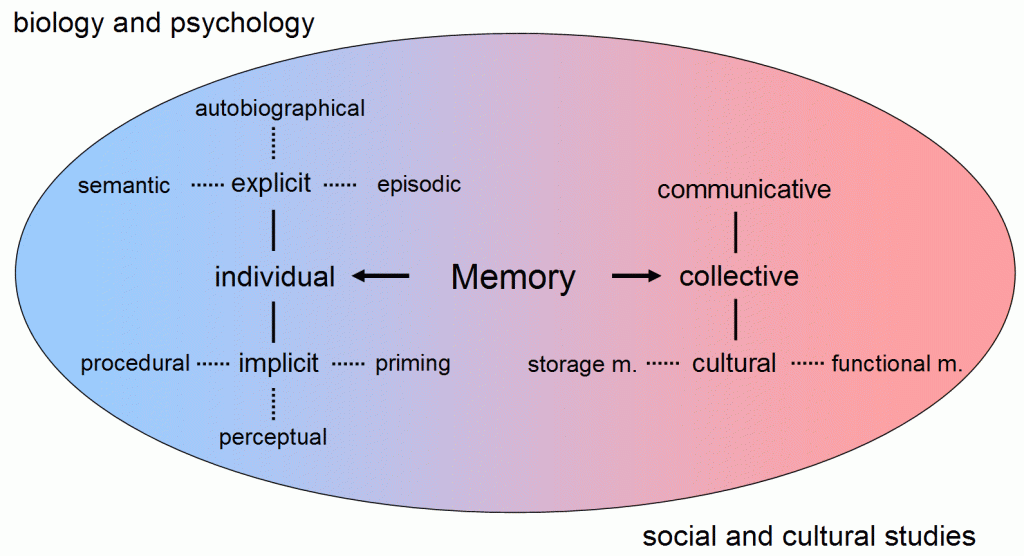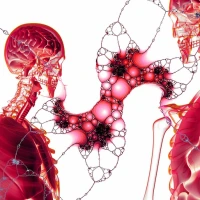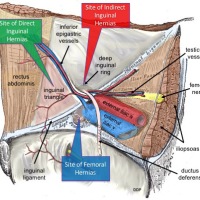Brain Bee Study Guide Notes: Chapter 4: Learning, Memory, and Language
Brain Bee Study Guide: Students can prepare for their local, regional, national, and international Brain Bee competitions by studying Brain Facts, a resource published by the Society for Neuroscience. In this study guide, we have compiled study resources/study guide notes for Brain Bee students: Chapter 4: Learning, Memory, and Language in Brain Bee

Brain Bee Study Guide CHAPTER 4: Learning, Memory, and Language
- Learning & Memory (Slide 2)
- H.M. Study
- patient in case was Henry Molaison, who had epileptic seizures for many years
- treated by Hartford neurosurgeon, Dr. William Beecher Scoville, who removed various regions of temporal lobes —> seizures lessened but Molaison left with severe amnesia
- IMPACT: researches concluded that the hippocampus and parahippocampal region (which were among those removed) were critical in converting short-term memories into long-term ones
- Additional Points
- medial temporal region in close relation with areas of cerebral cortex which are responsible for thinking and language
- medial temporal region deals with formation & organization of memory but cortical areas deal with long-term STORAGE

- Facets Of Memory (Slide 3)
- Declarative Memory
- DEFINITION: the ability to learn and consciously remember everyday facts and events
- areas in cerebral cortex work with hippocampus to support declarative memory
- information from new experiences enters WORKING MEMORY, an impermanent form of declarative memory
- working memory depends on prefrontal cortex among others
- neurons in prefrontal cortex maintain relevant info during working memory and combine with sensory info
- prefrontal cortex highly activated when people maintain/manipulate memories
- interacts with posterior cortical areas to support executive functions such as selection, rehearsal, and monitoring of info being retrieved from long-term memory
- working memory depends on prefrontal cortex among others
- SEMANTIC MEMORY is a form of declarative knowledge that includes general facts and data
- scientists believe that different cortical networks specialized for processing different kinds of info (i.e. faces, actions, language, etc.)
- functional imaging shows zones in cortical expanse that selectively process different categories of info
- EPISODIC MEMORIES are memories of specific personal experiences that occurred at a particular place and time
- medial temporal lobe areas believed to serve role in initial processing and storage of these memories
- parts of parahippocampal region process the “who”, “what”, “when” info and hippocampus links these elements —> linked info integrated into cortical areas responsible for the info

- Nondeclarative Knowledge
- DEFINITION: knowledge of how to do something (a.k.a procedural memory)
- expressed in skilled behavior and learned habits, & requires processing by the basal ganglia and cerebellum
- cerebellum involved with motor tasks and amygdala associated with emotional aspects of memory
- expression of emotional memories also involves hypothalamus and sympathetic nervous system

- Storing Memories (Slide 4)
- involves persistent change in synapses
- LTP is long-term potentiation, which is a long-lasting increase strength of synaptic response following stimulation
- occurs mainly in hippocampus and other areas involved with memory
- occurs because of changes in strength of synapses at contacts involving NMDA (N-methyl-d-aspartate) receptors
- read end of page 26 into page 27 for more info on process of changing synaptic strength
- in above process, molecular “cascade” leading to protein synthesis (which triggers synapse growth) is essential for LONG-TERM MEMORY
- NO SINGLE BRAIN CENTER STORES MEMORY, memory is likely stored in distributed collections of cortical processing systems (each part of brain probably contributes dif. to permanent memory storage)

- Language
- APHASIAS
- DEFINITION: different kinds of language disorders
- NONFLUENT APHASIAS are caused by damage to left frontal lobe (i.e. Broca’s aphasia in which speech production abilities impaired)
- nonfluent aphasics still understand heard speech but structurally complex sentences may be poorly understood
- FLUENT APHASIA is caused by damage to left temporal lobe (i.e. Wernicke’s aphasia in which comprehension of heard speech is impaired)
- speech output is fluent but usually sounds like gibberish
- WORD DEAFNESS is caused by damage to superior temporal lobes in both hemispheres
- can’t understand auditory speech on any level
- functionally deaf for speech — can hear sound and identify emotional quality but can’t understand
- IMPACT OF STUDIES ON APHASIA: speech recognition involves both left and right temporal lobes although speech production is left-dominant

- Other Stuff
- mutations of FOXP2 impede learning to make mouth/jaw movements involved in speech, which are accompanied by difficulties in both spoken & written language
- functional imaging shows that systems involved in accessing meaning of words are partly located in middle/inferior portions of temporal lobe
- sensory-motor circuit for speech in left posterior temporal lobe, which is believed to help speech recognition and production systems communicate with each other
Brain Bee Study Guide: Chapter 4: Learning, Memory, and Language
© Copyright 2020 Moosmosis – All rights reserved
All rights reserved. This essay or any portion thereof
may not be reproduced or used in any manner whatsoever
without the express written permission of the publisher.

Please Like our Facebook page to support! 🙂
Categories: Biology














Excellent article. It reminds me of the aphasia my grandpa had after his stroke. The explanations are 👍.
LikeLiked by 2 people
Thank you Sally! Very glad to help. Hope your grandpa’s doing well now. Best wishes.
LikeLiked by 1 person
AWesome 😀
LikeLiked by 2 people
Thank you Athena!
LikeLiked by 1 person
You’re welcome! 😀
LikeLiked by 1 person
Brainy article and study guide.
LikeLiked by 2 people
Thank you K Stevenson!
LikeLiked by 1 person
Fantastic article! Makes my brain 🧠 feel awesome 😎
LikeLiked by 2 people
Thanks Ben! 🧠 Have brainy fun!
LikeLiked by 1 person
Brainy article!! 😉
LikeLiked by 2 people
Excellent essay on the brain bee!! And incredibly helpful!
LikeLiked by 2 people
Thank you Benny! That’s very sweet of you. 😀 Glad to help!
LikeLiked by 1 person